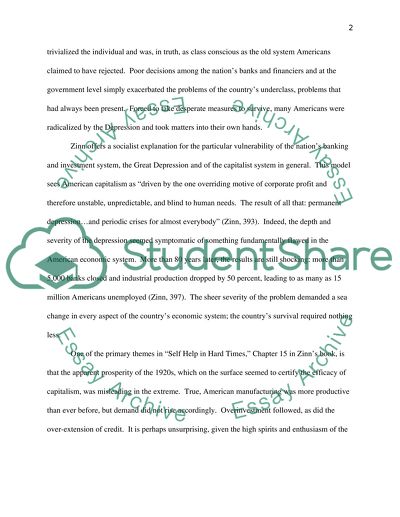Cite this document
(“An Unsound Economy: America's Socio-Economic Gap and the Coming of the Essay”, n.d.)
An Unsound Economy: America's Socio-Economic Gap and the Coming of the Essay. Retrieved from https://studentshare.org/history/1452388-essay
An Unsound Economy: America's Socio-Economic Gap and the Coming of the Essay. Retrieved from https://studentshare.org/history/1452388-essay
(An Unsound Economy: America'S Socio-Economic Gap and the Coming of the Essay)
An Unsound Economy: America'S Socio-Economic Gap and the Coming of the Essay. https://studentshare.org/history/1452388-essay.
An Unsound Economy: America'S Socio-Economic Gap and the Coming of the Essay. https://studentshare.org/history/1452388-essay.
“An Unsound Economy: America'S Socio-Economic Gap and the Coming of the Essay”, n.d. https://studentshare.org/history/1452388-essay.


